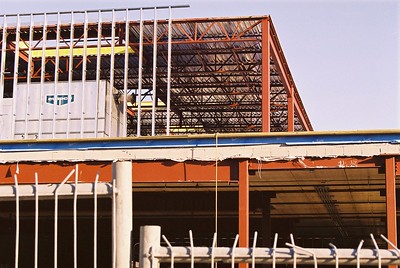College of the Mainland is a community college in Texas City, TX, outside of Galveston. Last week, the Board of Trustees there approved a $250M bond issue ballot measure that will enable COM to build four new buildings, demolish four existing buildings and renovate two other buildings on campus. The bond, if approved, will finance the second half of a campus rebuild. Voters approved the first phase of the plan in 2018 and passed a $162M bond issue at that time to finance the initial construction.
In case you missed that, by May, the COM trustees will have sought more than $412M in tax-backed bond financing in just five years. The new measure will cost local taxpayers about $33 per $100,000 of value per year. That financing will enable the college to improve its facilities, complete its Master Plan, replace aging infrastructure on campus, improve safety and security, and revitalize the college’s programs.
The current enrollment at COM is less than 4,000 students, and revenues of about $38M. So, the trustees are planning to invest about $104,000 per student into the facilities there. Were WCC to make a comparable investment in its facilities, the bond issue would have to be nearly $800M.
Of course, we’re talking about a college that begrudgingly spends $300,000 on maintenance per year and spills sewage into the retention ponds, so improving the facilities is clearly not a priority.
My point is that the Trustees at the College of the Mainland act in the best interests of the institution and the students there. They’re not afraid to go to the voters and ask for $400M+ over the space of five years for massive facilities improvements. (And the voters will probably give it to them.)
A bond issue would allow WCC to maintain campus facilities to standard
But this brings up an interesting point about the WCC Trustees’ stubborn unwillingness to ask the Washtenaw County voters for a bond issue. By refusing to seek a bond issue, the Trustees are limiting their investment in the facilities to the cash the operating millages produce and whatever tuition and fees increases they can wring out of the students.
This approach clearly doesn’t produce sufficient monetary resources to take care of the campus. Over time, the campus falls farther and farther behind industry standards for maintenance and repair, and for capital refreshes in each building. Ultimately, this strategy will require a complete replacement of the campus facilities at an enormous cost.
So, exactly what is the endgame here? Piecemeal capital projects and Band-Aids on campus infrastructure until the facilities are completely unusable? Starving the maintenance budget so the campus can careen from one major facilities disaster to the next? Exactly what is the community getting from all of this?
It all sounds penny-wise and pound-foolish to me.
Photo Credit: Regan Walsh, via Flickr






















